






Curious minds, get ready to explore!
Welcome to the Brite Star Science: Know -ItAll! series — where learning is an adventure! In this collection, you’ll discover amazing facts, meet fascinating creatures, and explore the wonders of our world. From animals and weather to nature’s mysteries and the marvels of science, each book is packed with bite-sized knowledge and incredible illustrations to make learning fun.
Part of the Brite Star Museum of Science, these books are designed to spark curiosity and inspire discovery. Whether you’re reading about roaring dinosaurs, shimmering butterflies, or explosive volcanoes, you’ll find exciting stories and real science in every page.





What is a Penguin? Penguins are birds that cannot fly, but they are excellent swimmers. Instead of wings, they have flippers to move quickly through the water. Their feathers are waterproof, and their bodies are covered in a layer of fat called blubber to keep them warm.






Where Penguins Live Penguins live in the Southern Hemisphere. Some live in Antarctica, while others live on islands and coasts in South America, Africa, Australia, and New Zealand.
Each species is adapted to its own environment.






Penguin Anatomy Penguins have short legs and webbed feet for swimming. Their beaks help them catch fish, and their eyes work well underwater. Their black-and-white feathers help them blend in — white from below and black from above — a form of camouflage called countershading.






Types
of Penguins
There are about 18 species of penguins. The Emperor penguin is the largest, while the Little Blue penguin is the smallest. Others include the King, Gentoo, Adelie, Rockhopper, and Chinstrap penguins.






Penguin Movement On land, penguins waddle or hop across the ice. They also slide on their bellies — called tobogganing — to move faster. In the water, they “fly” through the sea using their flippers.



Penguin Diet Penguins eat fish, squid, and tiny shrimp-like creatures called krill. They catch their food while swimming and can dive deep to reach it.




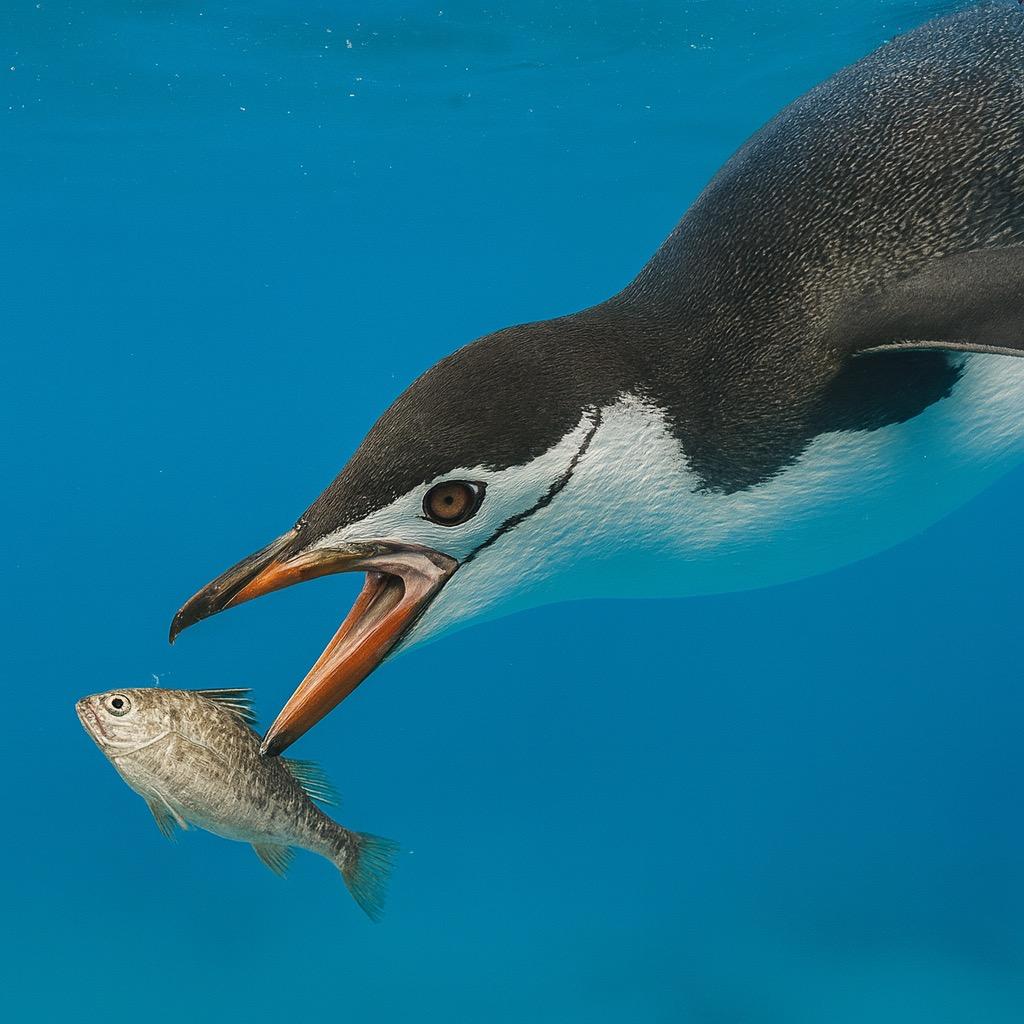

Penguin Families Penguins usually form pairs to raise their chicks. In some species, one parent stays with the egg or chick while the other goes to sea to hunt. In cold climates, parents keep their chicks warm on their feet under a flap of skin called a brood pouch.




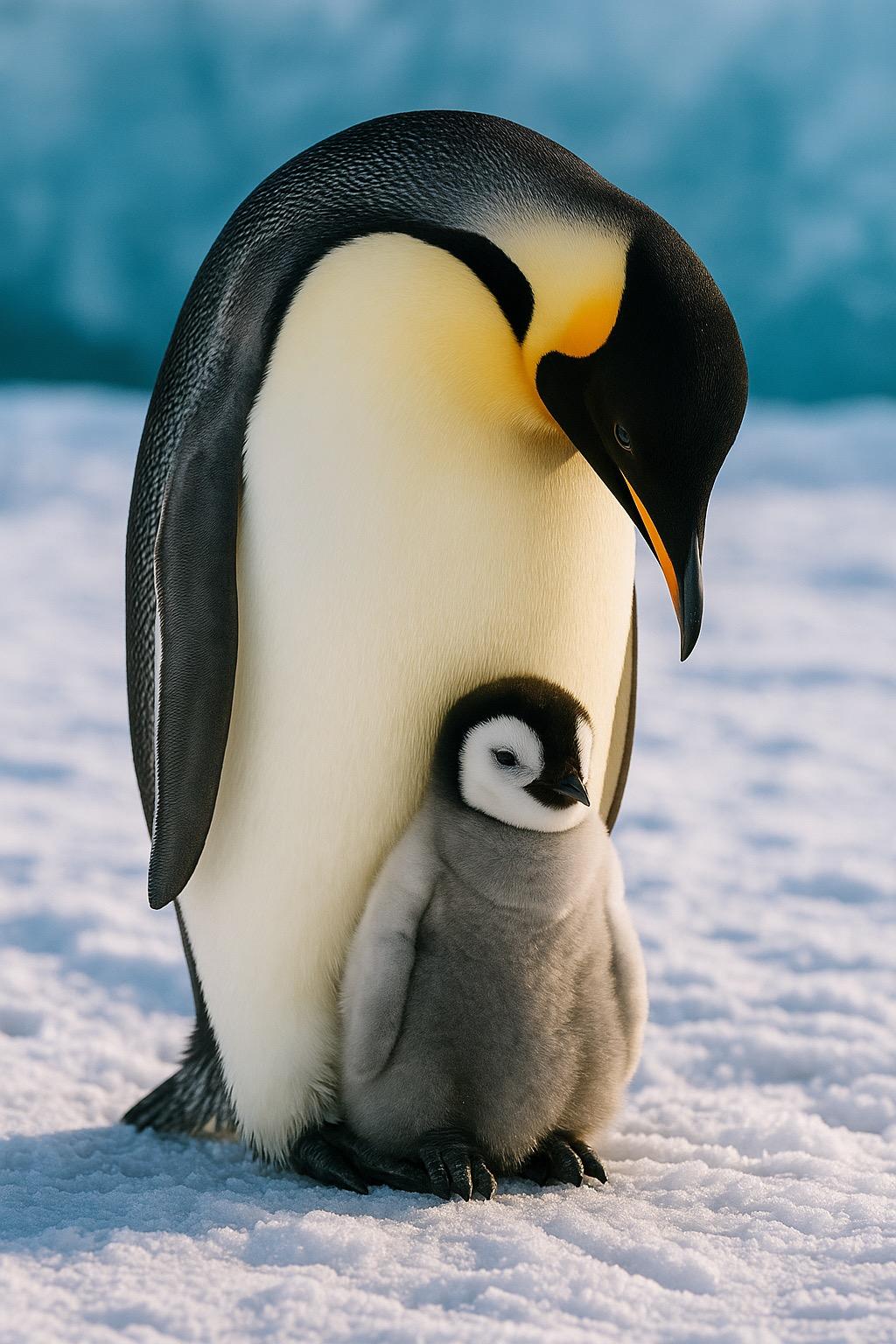

Penguins and Survival
To
survive extreme cold,
penguins huddle together in large groups. This keeps them warm and helps them survive freezing winds and snow.




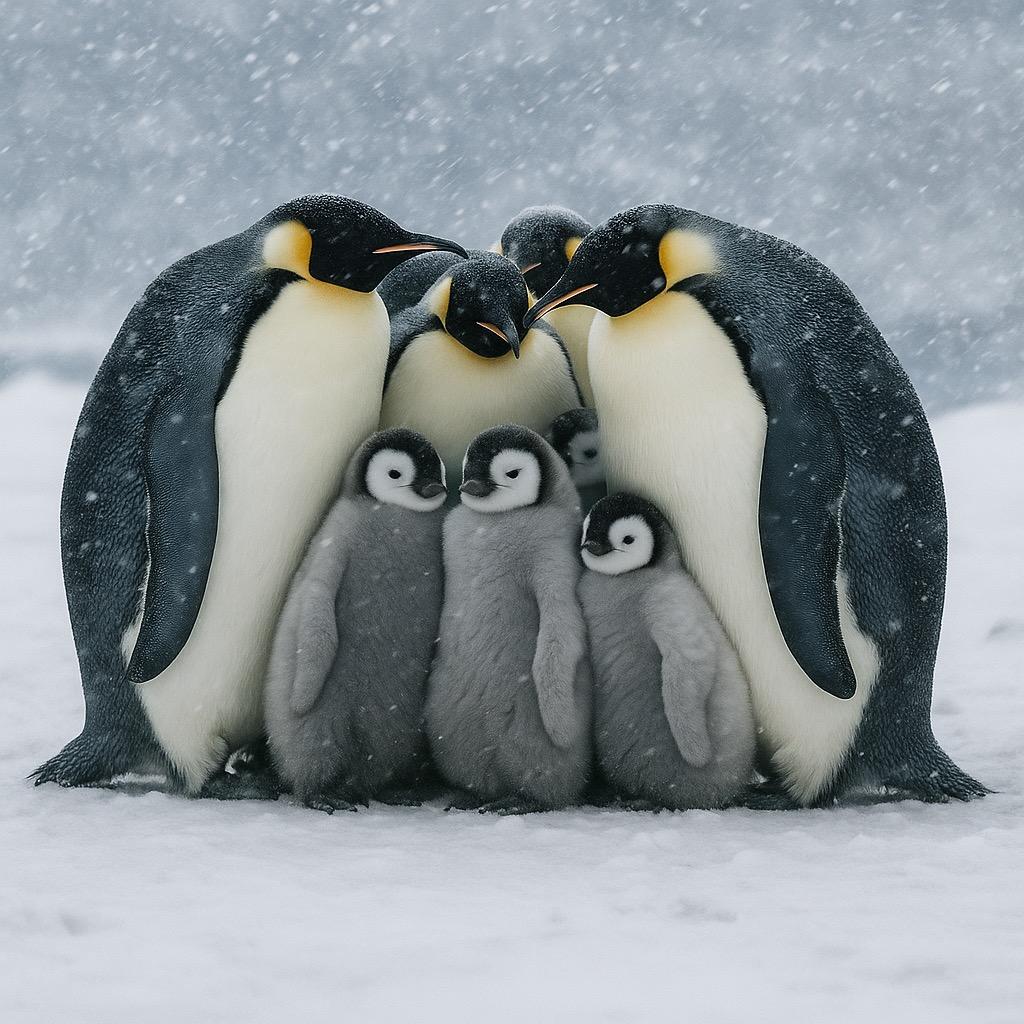


Record-Breaking Penguins
The Emperor penguin is the tallest and heaviest penguin, reaching about 4 feet tall. The Little Blue penguin is the smallest, standing just 1 foot tall.




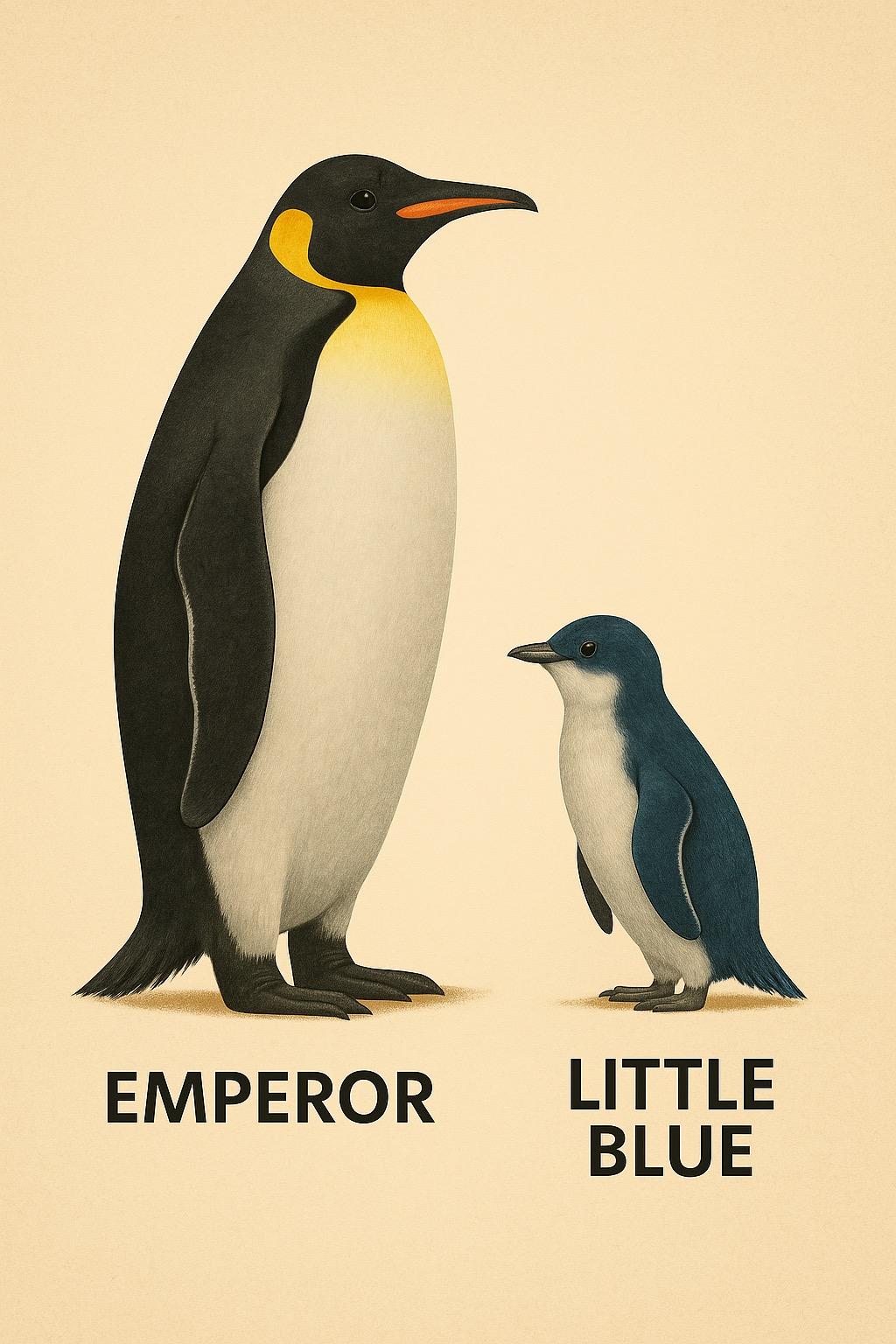


Fun Fact
The Emperor penguin can dive deeper than 1,800 feet and stay underwater for more than 20 minutes — longer than any other bird in the world!




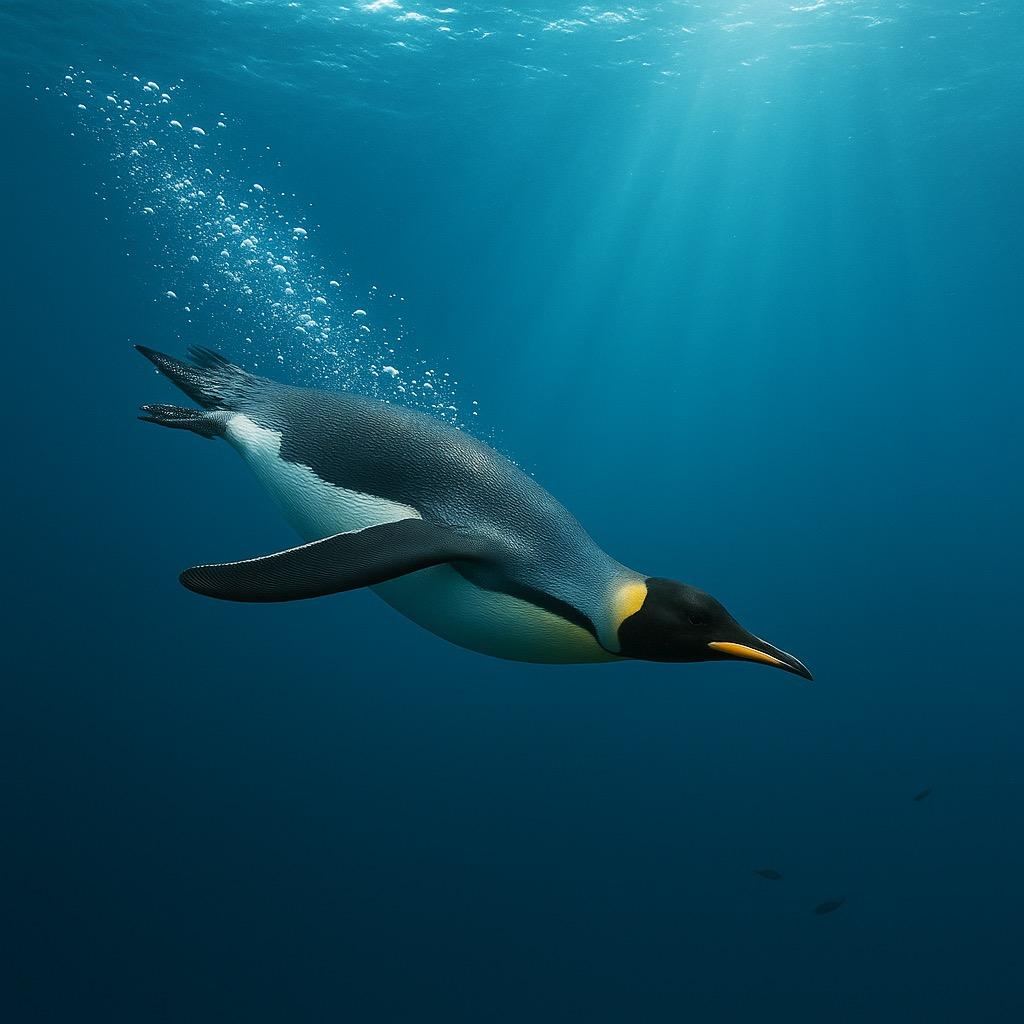

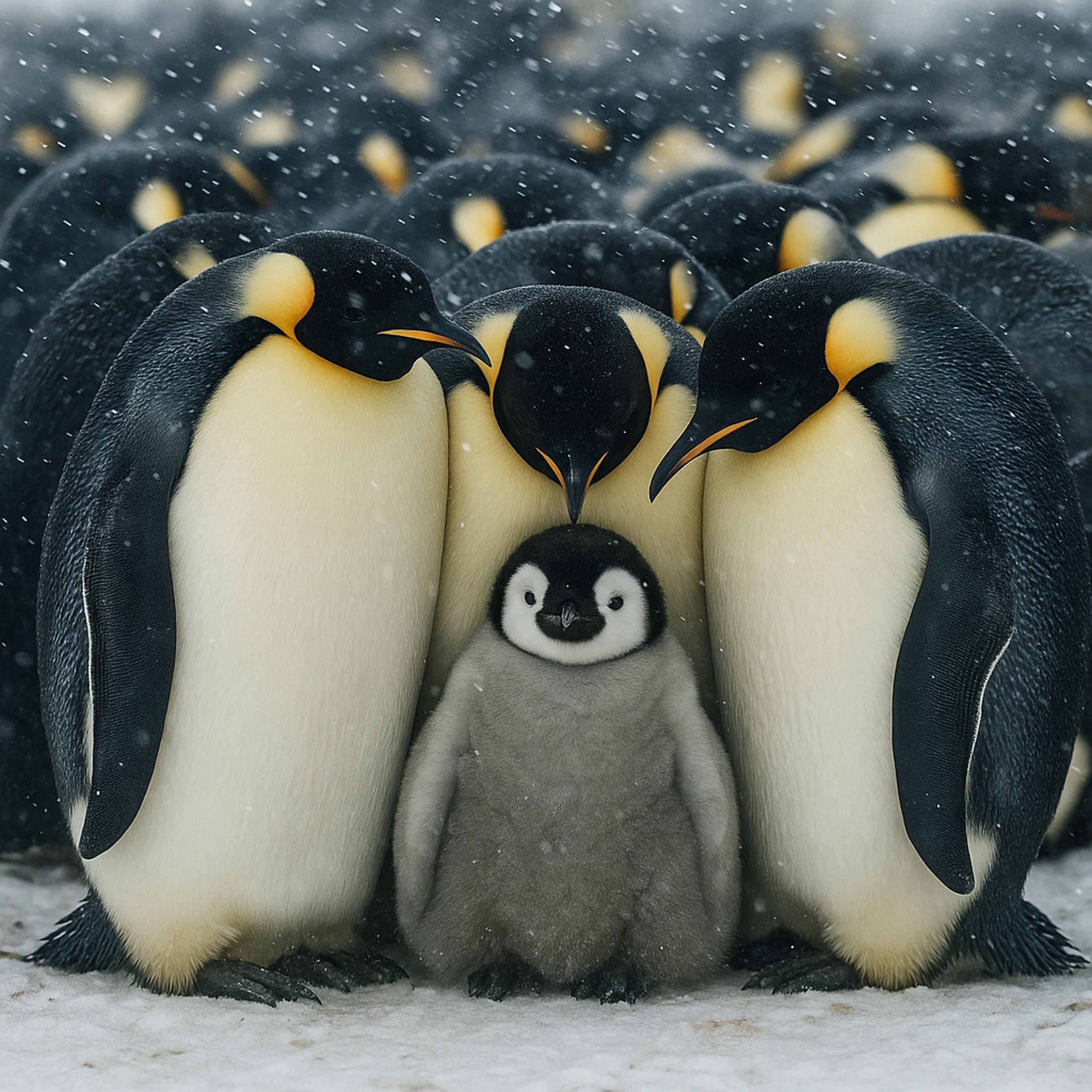



Brite Star Know It ALL Discover the Wonders of Science!


The Brite Star Science: Know-It-All! series is filled with fascinating facts, colorful illustrations, and fun, bite-sized learning. From animals and weather to nature’s mysteries and the marvels of our planet, each book turns curiosity into discovery.
Part of the Brite Star Museum of Science, this series inspires young readers to explore, ask questions, and see the world in exciting new ways.




� Animals, Earth, Weather, Nature & More � Bite-sized learning packed with wow moments � Perfect for science lovers ages 5 and up
Available now on Brite Star+ and in the Brite Star Store
All books free — start your adventure today!
Discover more about the World of Brite Star and explore our array of fine products at BriteStarWorld.com.


